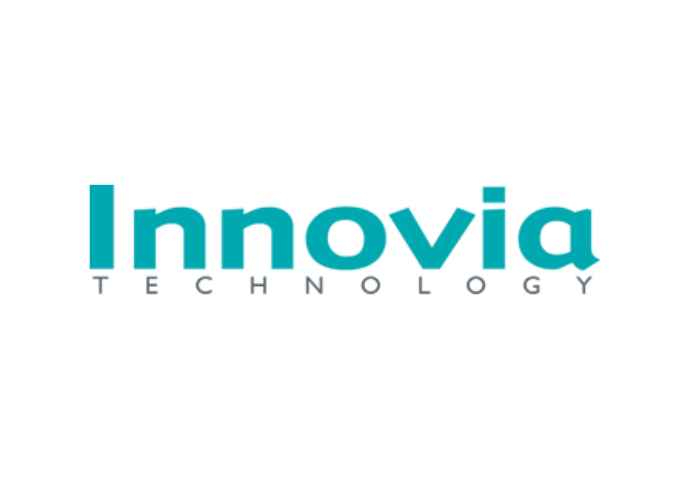Is the future highway one of ‘frugal innovation’ where smart technology is in the vehicle, leading to greater capacity on the same roadway, or a ‘high-tech corridor’ with dynamic electric charging lanes and data connectivity?
These alternative scenarios are being considered by The Ray – formerly known as ‘The Mission Zero® Corridor Project’ – in West Georgia, which has appointed breakthrough innovation consultancy Innovia Technology to help create a ‘travel corridor’ and rethink the purpose and function of this infrastructure to generate social, environmental and economic value.
Innovia’s initial report has evaluated emerging technologies being trialled across the world, selecting those with the greatest potential for achieving a zero impact vision for the 16-mile stretch of Georgia highway.
Solar noise barriers to generate energy and cut noise pollution, smart LED lighting to alert drivers and improve safety, recycled asphalt with hog manure binders to reduce environment impacts and boost the local economy, ‘bio-swales’ drainage ditches to reduce flooding and trap pollution, and drive-through tire pressure monitoring stations, are among the initiatives proposed that could be implemented immediately.
Project Leader Andy Milton from Innovia Technology says: “We’ve been working with The Ray team to identify where we can make the biggest impact in the shortest time, and also to create a future vision of a zero impact highway. We envisage the future could be a road with a lot of embedded smart technology, or alternatively the road itself might be cost-effective and frugal, with all the technology contained within the vehicle.
“We’ve also come to some initial conclusions on suitable technologies for The Ray in the near term. We’ll not be looking to put solar panels on the road itself, to use piezo-electrics to generate energy from traffic, or to capture CO2 from the atmosphere.
“We’d love to support investment in meaningful quantities of solar power, perhaps using the land along the corridor, and to support the roll out of electric and hydrogen fuel cell vehicles. Waste biomass will also play a role in The Ray, either to generate biogas as a fuel, or as a binder for asphalt.
“As 94% of road accidents are due to driver error, safety is a major priority for The Ray. We’re excited about using intuitive design to develop an interactive lighting system that would help to mitigate hazards, and applying principles from behavioural science to improve driver performance.
“Collection of traffic, weather, incident and pollution data will be essential to create a base-line as we test new technologies. It will also offer an opportunity to engage with the public to crowdsource data, and to provide real-time feedback on vehicle emissions, for example.”
Allie Kelly, Executive Director of The Ray, comments: "It’s incredibly exciting and also enlightening to begin to think about bringing The Ray to life. What does the world’s safest, zero impact highway look and feel like? How does it operate?
"Our goal is to impact not only the environment – through resource efficiency, power generation and emissions capture or minimization – but also to create a safer and more resilient highway for humans and for wildlife.
"Innovia is helping us to crystallize this vision, validating technologies identified in our feasibility study, uncovering new possibilities and also eliminating some approaches as we refine our plan.
"We are zeroing in on a mix of technologies and materials and retrofit approaches to impact energy and infrastructure, thinking about how we can capture data in a way that will be meaningful beyond our stretch of highway, and also imagining what it looks and feels like to travel The Ray.
"Our next step is to begin to sequence and then make a plan for acquisition, and we’ll be seeking partners, co-funders and collaborators along the way.”
